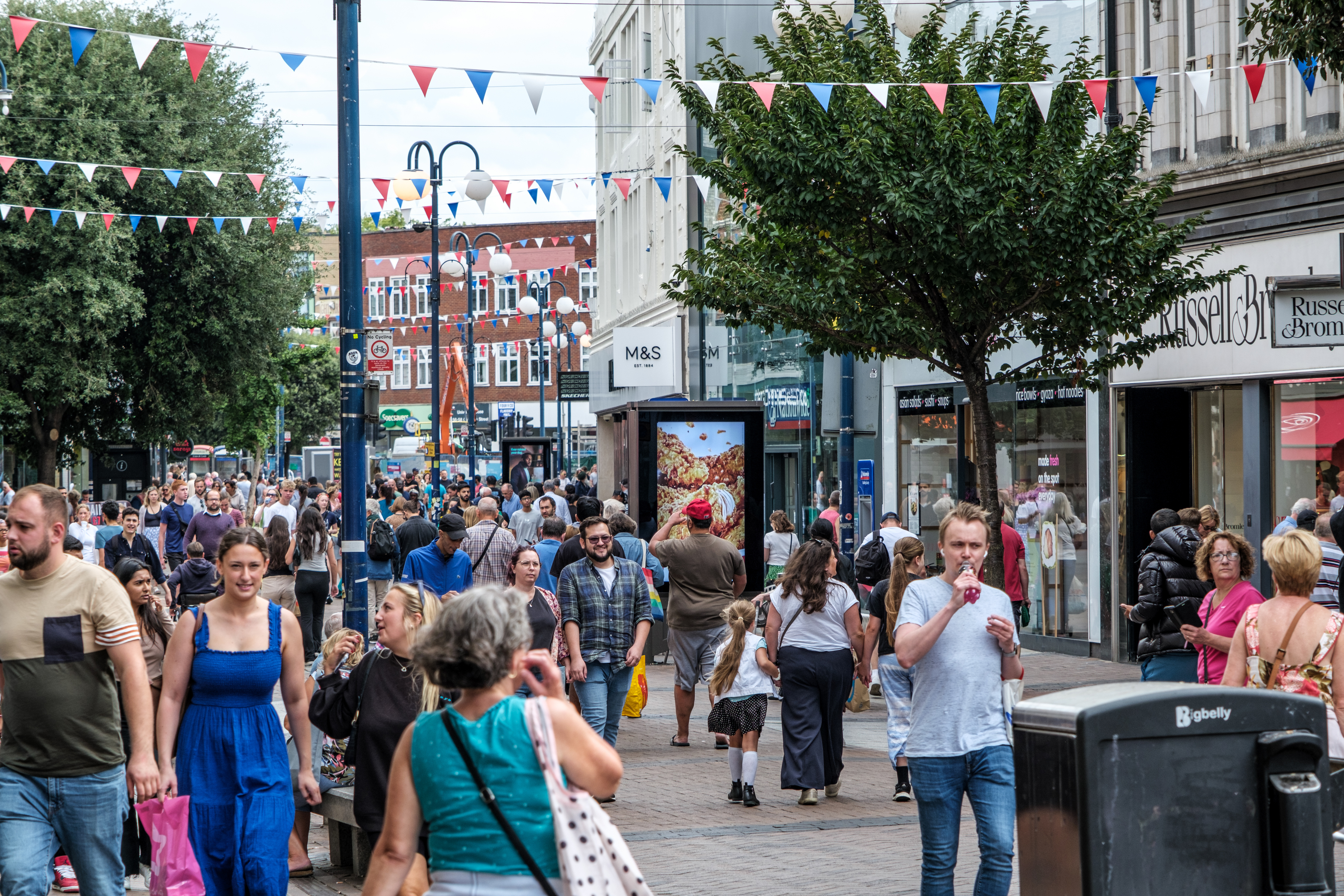Growth of Retail Park
Tuesday, 14 November 2023

The retail park’s continuing popularity
The retail park with convenient parking and often sited at an out-of-town location retains its attraction for shoppers particularly following the UK’s rainy summer.
Figures for September from the British Retail Consortium saw shopping centre and high street footfall decrease year-on-year (YOY) in August whilst retail parks remained stable with the number of shoppers remaining unchanged. However, the BRC’s Sensormatic IQ data reported a decline for retail parks compared to July which had seen footfall up by 1.4%.
Andy Sumpter, Retail Consultant EMEA for Sensormatic Solutions, said: “An inclement August saw overall footfall dip marginally year-on-year after rallying in July, with dwindling shopper traffic not helped by nondescript weather, as well as the continued consumer caution and cost-of-living pressures that both shoppers – and retailers – have become increasingly accustomed to. And while total footfall was down, August showed some positive performance when it came to destination shopping with some travel and tourism hub cities, including Edinburgh, London, Liverpool and Manchester, showing positive upticks from ambient footfall boosted by tourism and school holiday staycations.”
The poor weather saw consumers opting to shop online and together with an increase of promotions, it resulted in online accounting for 27.4% of retail sales in July compared to 26% in June and the highest proportion since February 2022 (28%).
Whilst online shopping continues to impact traditional retail, unlike high streets, retail parks benefit from ample free parking, with ease of access a significant driver behind their sustained popularity.
Often providing a wider range of goods and services in a single location, consumers seeking a one-stop shopping experience continue to visit. In fact, the attraction of the retail park, particularly as shoppers returned in-store post pandemic, was one of the many reasons for the recent collapse of the Wilko chain which had maintained its presence in the traditional High Street but was underrepresented at out-of-town retail parks.
Last year in its blog, Savills argued the case for retail parks with convenient and easily accessible locations and free parking with the increased likelihood of food and drink options and leisure activities, fuelling their popularity for consumers.
Retail park footfall last year consistently outperformed the rest of the UK retail market and often hit 2019 (pre-covid) levels whilst 2021 experienced the highest number of store openings in the 11 years since Savills has been recording its data. The blog also points out that the features which attract consumers to frequent retail parks are similar to those which persuade occupiers to continue their presence at them including the ability to provide easily accessible click and collect facilities.
The outlook was far from rosy as the cost of living crisis took its toll at the beginning of this year. PwC’s January Consumer Sentiment Survey found consumers were planning on erring on the side of caution this year with 57% saying they would be cutting back on their spending due to rising costs of everyday products whilst 37% also said income worries and debts would have an impact on their spending.
However, its summer 2023 Consumer Sentiment Survey was more optimistic with consumer sentiment at -13 which, whilst negative, was the highest it has been for 18 months, an encouraging sign for both high streets and retail parks particularly as thoughts will now inevitably switch to Christmas.
